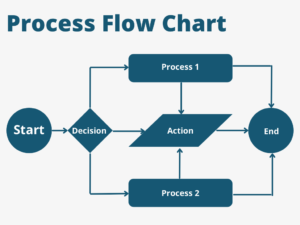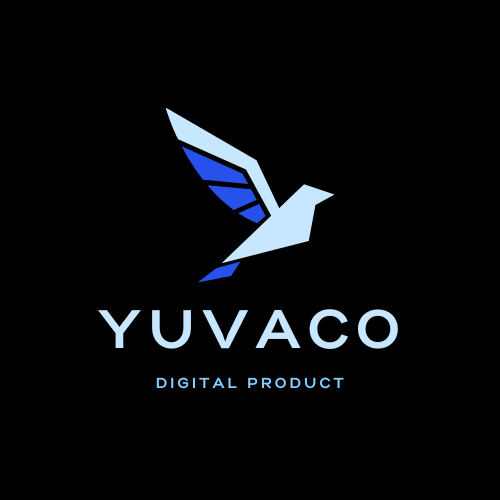
In the dynamic business landscape, companies strive to optimize their operations, improve productivity, and ultimately increase return on investment (ROI). One often overlooked aspect of achieving these goals is the process of documenting workflows and procedures. Effective documentation plays a crucial role in enhancing organizational efficiency, streamlining operations, mitigating risks, and, most importantly, boosting ROI. In this article, we will delve into the importance of documenting processes within a company and highlight the figures and insights that demonstrate its positive impact on ROI.
Streamlining Workflows: Documenting processes involves capturing and recording the various steps, guidelines, and best practices involved in executing tasks within an organization. By documenting workflows, companies establish a standardized approach that enables employees to understand and follow established procedures efficiently. This consistency and clarity reduce errors, rework, and time wastage. As a result, the overall productivity and efficiency of the organization increase, leading to cost savings and improved ROI.
Mitigating Knowledge Loss and Enhancing Collaboration: Documentation preserves institutional knowledge and prevents it from being lost when employees leave the organization or move to different roles. By creating a comprehensive knowledge base, organizations can ensure that valuable information is accessible to all employees, regardless of their tenure or experience level. This allows for seamless knowledge transfer and minimizes the negative impact of employee turnover.
Additionally, well-documented processes facilitate collaboration within teams and across departments. Clear guidelines and shared understanding enable employees to work together more effectively, reducing misunderstandings and duplication of effort. The resulting synergy leads to improved teamwork, faster project completion, and ultimately, a positive impact on ROI.
Identifying Inefficiencies and Bottlenecks: Thorough documentation enables companies to analyze their processes critically. By reviewing documented procedures, organizations can identify inefficiencies, bottlenecks, or redundant steps that hinder productivity. This analysis often reveals opportunities for optimization and process improvement. When streamlined workflows are implemented based on these insights, companies can achieve significant time and cost savings, thereby increasing their ROI.
Mitigating Risks and Ensuring Compliance: In certain industries, compliance with regulatory requirements is essential. Documentation plays a vital role in ensuring that processes adhere to relevant laws and standards. By clearly defining procedures and providing detailed instructions, organizations can mitigate risks associated with non-compliance, thereby avoiding legal consequences, penalties, or reputational damage. The ability to demonstrate adherence to regulations through proper documentation further enhances the company’s credibility and instills trust among stakeholders.
Measuring and Analyzing Performance: Documenting processes provides a solid foundation for measuring and analyzing performance metrics. By establishing key performance indicators (KPIs) and tracking them over time, organizations can gain valuable insights into their operational efficiency. For example, metrics such as cycle time, error rates, or customer satisfaction can be monitored to identify areas of improvement. With documentation serving as a reference point, companies can measure the impact of process changes on these metrics and make data-driven decisions to optimize workflows. Ultimately, this analytical approach contributes to increased ROI by fine-tuning operations and maximizing performance.
Real-World Figures and Insights: Several case studies and industry reports have demonstrated the positive impact of documenting processes on ROI. For example, a study by the Association for Information and Image Management (AIIM) found that organizations that invest in proper documentation experience a 30% reduction in process cycle times, leading to significant cost savings and increased profitability.
Furthermore, a report by McKinsey & Company highlighted that companies with a well-documented and structured knowledge base experience a 40% improvement in productivity. This improvement, coupled with streamlined workflows and enhanced collaboration, can drive ROI growth by eliminating waste and increasing output.
Conclusion: Documenting processes within a company is a strategic investment that yields substantial returns in terms of increased ROI. By streamlining workflows, mitigating
Contact us for process documentation.

Leave a Reply